Clearing the way
This year, we’ve poisoned rabbits three separate times—more than we usually do. It’s been on my mind a lot.
I hate it.
Truly. It feels violent and awful.
But if we don’t do it, they annihilate everything. New shoots gone overnight. Young trees eaten down to stumps. Even the natural regeneration that springs up when we clear a bit of space—gone. Without control, they undo it all.
And it’s left me a bit tired this year.
I’ve poured most of my energy into growing: collecting native seed, nurturing seedlings, and planting them across the land. That work is hopeful, joyful. It’s tangible. At the end of a day, I can look at a patch of earth and know I’ve done something good.
But in my haste to plant—to focus on the visible wins—I’ve avoided the harder work. The invisible, thankless work.
The invasives.
Somewhere along the way, I stopped pulling up bridal creeper. I stopped attacking the wild olives like I used to. And yet they keep growing. As do the rabbits. And the cats.
I’ve been wondering if I’ve just been doing the easy work—focusing on what I thought I wanted to grow and plant, instead of really facing what needs to go.
And yet, in the places where we have done that groundwork—where we’ve controlled the rabbits, cleared the weeds—we’ve seen some of the most beautiful regeneration unfold. Native grasses and wildflowers returning.
It made me reflect: What does healing land really mean in Australia?
I don’t have clear answers. But I do know this: our version of healing is different from the one we see in other countries. We’re not returning wolves or beavers. We’re not bringing back species that were hunted to extinction.
Instead, we need to restore and remove the damage. Pulling weeds. Poisoning rabbits. Killing and shooting cats, deers, foxes and many other species. Facing the fact that these animals—however innocent they are individually—do not belong here. And our birds, mammals, lizards, plants and insects haven’t had time to adapt.
The situation brings me sadness. I feel this sadness in my bones.
Sometimes, I feel a deep compassion for the animals we call pests. It’s not their fault. They didn’t ask to be here.
But I also feel fury. Especially toward cats.
That’s a hard thing to say out loud, but it’s true. Cats are devastating. On properties like ours, they’ve gone feral—living wild lives and taking what they want. Neighbours leave them unmanaged, thinking they’ll control the mice. But of course, they take everything else too. The sheer number of animals a single cat can kill in its lifetime is astronomical.
And we’ve had to kill cats—many of them. It doesn’t get easier. But I’ve seen too much destruction not to act.
I feel this tension most deeply when I think of one creature. Each morning, I walk past a shingleback lizard sunning herself in the same patch of dirt. She’s there in winter, always in the same spot, trying to get warm. I don’t know how long she’s been there, but I know she belongs. And I love seeing her. I truly love it.
But I also feel protective. She has so much stacked against her—cars, birds, foxes, cats. And I don’t see many of her kind anymore. I find myself walking that way just to make sure she’s still alive. It’s become a small ritual of love and anxiety. We cohabit this land together, and I don’t take that lightly.
That’s the tension of this work. We’re bringing wildlife back, only for it to be predated on again. We see rabbits run across the paddocks, foxes slinking past, bridal creeper choking our boundaries—and it’s easy to wonder: What’s the point?
We do the work. Many of our neighbours don’t. And the weeds and pests don’t respect fences.
But last week, something shifted. I hosted a dinner with twelve leaders from across various sectors. We sat around a long table, candles flickering, stories flowing. And someone said something that’s been sitting in my gut ever since:
“We need to be more ambitious.”
They were speaking about what regeneration needs to look like in Australia—not just on our farms or in isolated pockets, but across the entire continent. They pointed to New Zealand’s Predator Free 2050 campaign: a bold, national effort to remove all invasive predators. And they asked, Why aren’t we doing something that ambitious here?
The question hit something raw in me.
Because it’s easy to feel alone in this work. But ambition—that’s something different. That’s what’s been stirring since that dinner. What if we stopped thinking of this as a private struggle? What if we started thinking like a country again?
I’ve been wondering: maybe the same ambition we apply to planting needs to be applied to clearing. Maybe the quiet, relentless work of removing ferals is actually the heart of restoring land in Australia. It’s not glamorous. It’s not a fun Instagram reel. But it matters.
Right now, I’m feeling like the next chapter of our work must focus on this: invasive species and weeds. Not because we want to control nature—but because we want to give it a fighting chance. To intervene just enough so that nature can do what it does best: regenerate.
Mother Nature knows what she’s doing.
We just need to clear the way.
